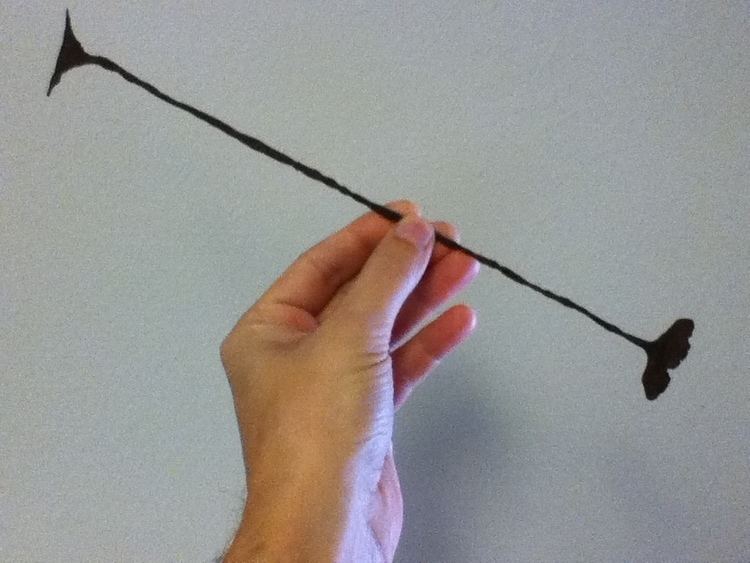 | ||
Shudder to think kissi penny
Kissi penny, also seen transcribed as kissy or kisi penny or known as guenze, koli, and kilindi, was an iron currency made in Sierra Leone that circulated widely in the immediate vicinity of its production among Gbandi (Bandi), Gola, Kissi, Kpelle, Loma, Mandinka and Mende and other people of Liberia and Sierra Leone and Guinea-Conakry.
Contents
- Shudder to think kissi penny
- Loren jan wilson kissi penny shudder to think
- Origin
- Circulation
- Production
- Religious Use
- References
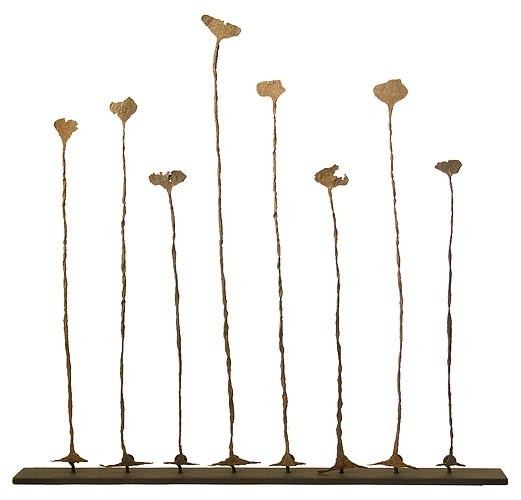
Loren jan wilson kissi penny shudder to think
Origin

West Africans from the region of modern-day Liberia and Sierra Leone have used iron as a trading good and standard of value for a long time. Portuguese records indicated that sailing voyages in the early sixteenth century carried iron bars among the trade good going farther north. During the period of the slave trade in the region, iron bars were a standard of payment and wealth. There is no reason to believe that these items were shaped as the kissi penny was. Rather it seems that the currency began being manufactured in the specific form of the kissi penny around 1880.
Circulation
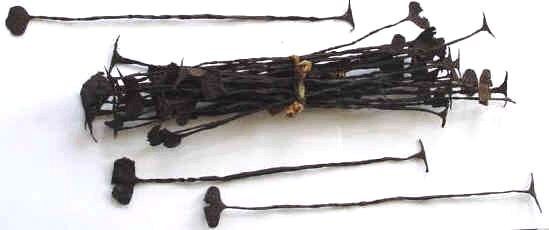
Thanks to the trading and nautical activities of the people of the region, especially the Kru kissi pennies circulated widely along the coast of West and Central Africa. Historical records do not note the use of this currency before the last years of the nineteenth century (c. 1880) and they continued in use as money until gradually replaced by colonial currencies, but as late as 1940 in Sierra Leone and even as late as the 1980s in Liberia.
Production
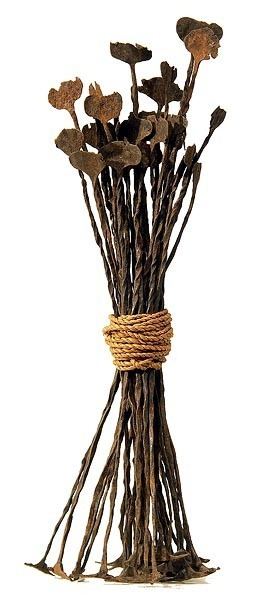
Kissi pennies were made by smiths in the form of long rods, with a "T" on one end (called nling or "ear"), and a sort of blade, not unlike a hoe on the other end (called kodo or "foot"). They ranged in length from about 6 to as long as 16 inches. A score of oranges could be bought for two, or a bunch of bananas. Because each one had relatively small value, they were often gathered into bundles (usually of 20). Prices compiled in the early twentieth century, for example put the cost of a cow at 100 bundles, while brideprice might be 200 bundles, and slaves, while the domestic slave trade was still working, might sell for 300 bundles.
Religious Use
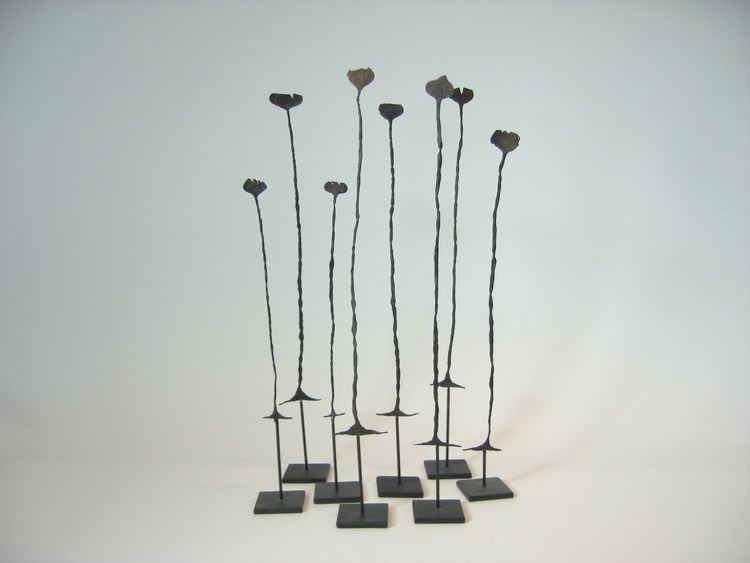
Even after they were discontinued for use as currency, kissi pennies continued to be employed in the society of the region, for example, as tokens of completing rituals in the Poro and Sande Societies; as bridewealth, and also to be placed on tombs and graves, where they were believed to channel the souls of the dead. At some point, the currency acquired spiritual aspects, perhaps because of its use in graves, and as a result, when a penny broke it was considered without value until a Zoe, or religious practitioner, repaired it in a special ceremony. It was this feature that led to it being called "money with a soul."
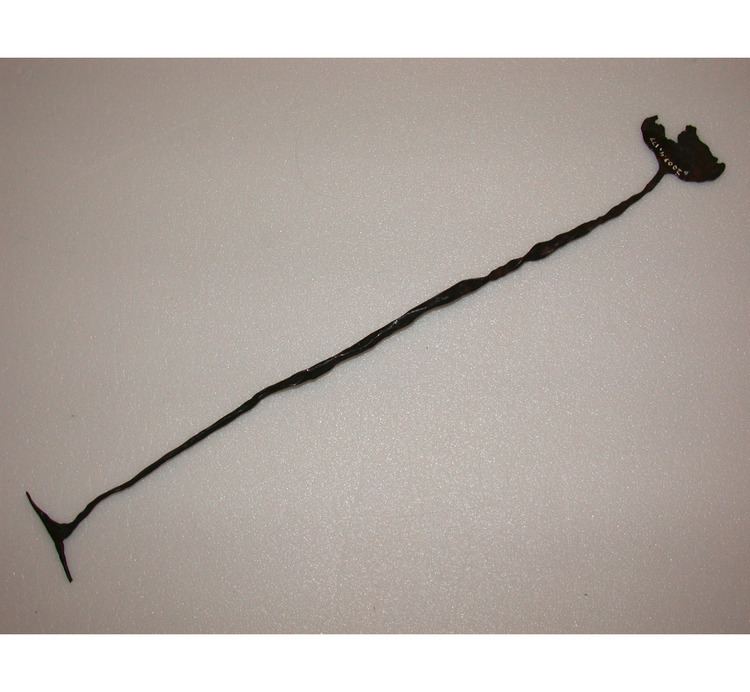
European travelers regarded them as a curious form of primitive money, and as a result many were collected and deposited in museums. They continue to be sold on art and curio markets, as well as among numismatists to the present day.
